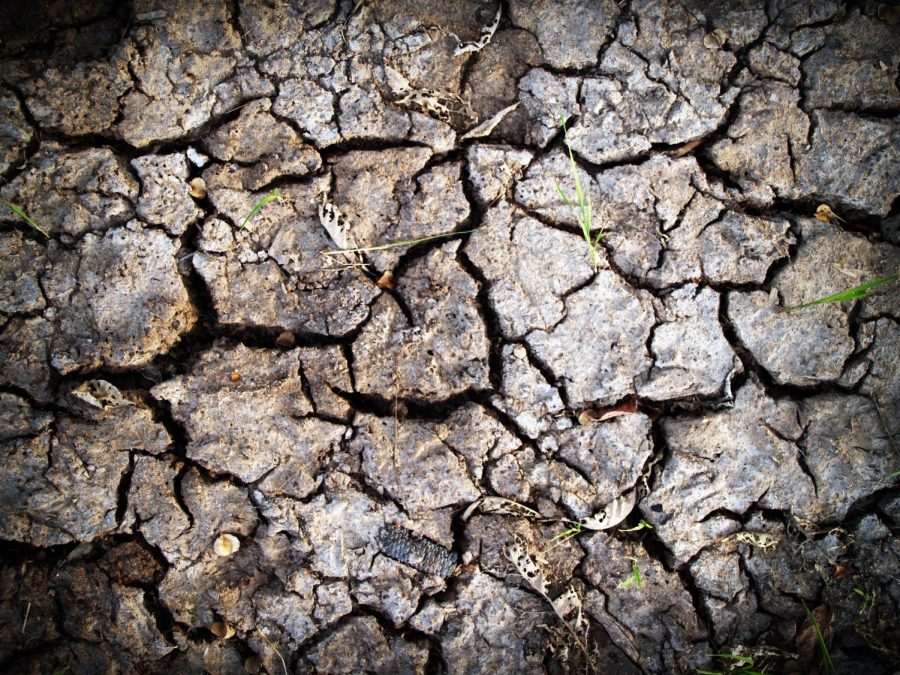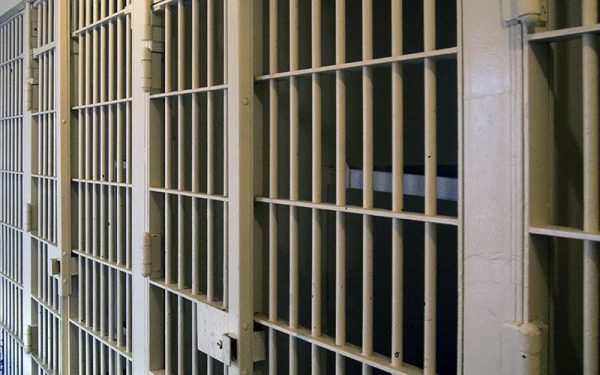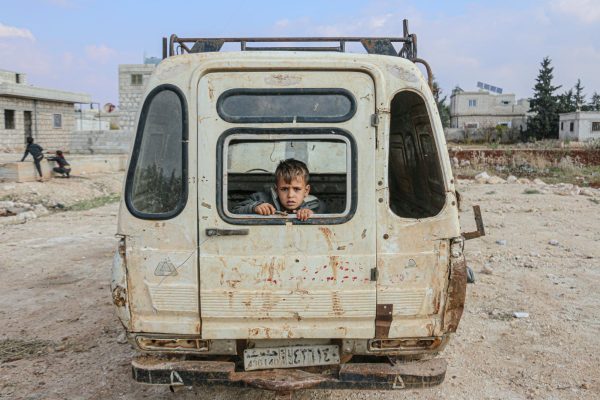Cape Town Water Crisis
On July 22nd, 2018, it is predicted that there will only be 10% of clean, drinkable water left in Cape Town, South Africa’s water supply.
According to National Geographic, this “Day Zero” is scaring many of the Cape Town citizens and is forcing them to preserve the very little water they do have. The city has required all of its residents to use no more than 50 liters of drinking water per person, per day. To contrast that, the average American citizen uses 375 liters per day, nearly 8 times as much water as citizens of Cape Town. If water levels continues to decline, then citizens will be required to use 25 liters of water a day. To put that in perspective, that is an average of 4 minutes of shower water.
Small water holes are providing refuge to many citizens, though many are having to travel far to get water. The city is creating over 200 emergency water stations, each one providing water to approximately 20,000 people. The website, “How Many Days Of Water Does Cape Town Have Left 2018” has also posted ways on how citizens can preserve and use less water at home and work.
National Geographic also reported, 14 out of 20 of the largest cities in the world are having to deal with low water limits and droughts. This isn’t the first time the phrase “Day Zero” has been used to address a water crisis. Places such as Sao Paulo in Brazil were facing the same problem in 2015. The drought became so severe that the city was forced to shut down the water supply for 12 hours each day. A number of businesses were forced to shut down, but the crisis was averted.
There has been two main contributors on why Cape Town has been running out of water. The first one is a weather occurrence ENSO, the El Nino Southern Oscillation. Climate change has created infrequencies in global temperature, causing many places across the world to get flooding while others go through droughts. Many countries throughout southern Africa are effected the most.
The other contributor is the influx of population size in the city. According to the website, “How Many Days Of Water Does Cape Town Have Left 2018”, Cape Town has population increase of 2.3% every year. But regardless, all of the citizens started off using the less water than the international average. Together these two contributors will soon lead to having drought conditions.
Rainfall is predicted to start on April 18th until late September. Hopefully the rain will replenish the drought and fill the Cape Town dam and last for another year.
This drought is encouraging people from all across the world to cut down on their use of water and help the cause. A way to keep up to date is by going to the website, http://www.howmanydaysofwaterdoescapetownhaveleft.co.za/ to get information, along with a count down to Day Zero.






